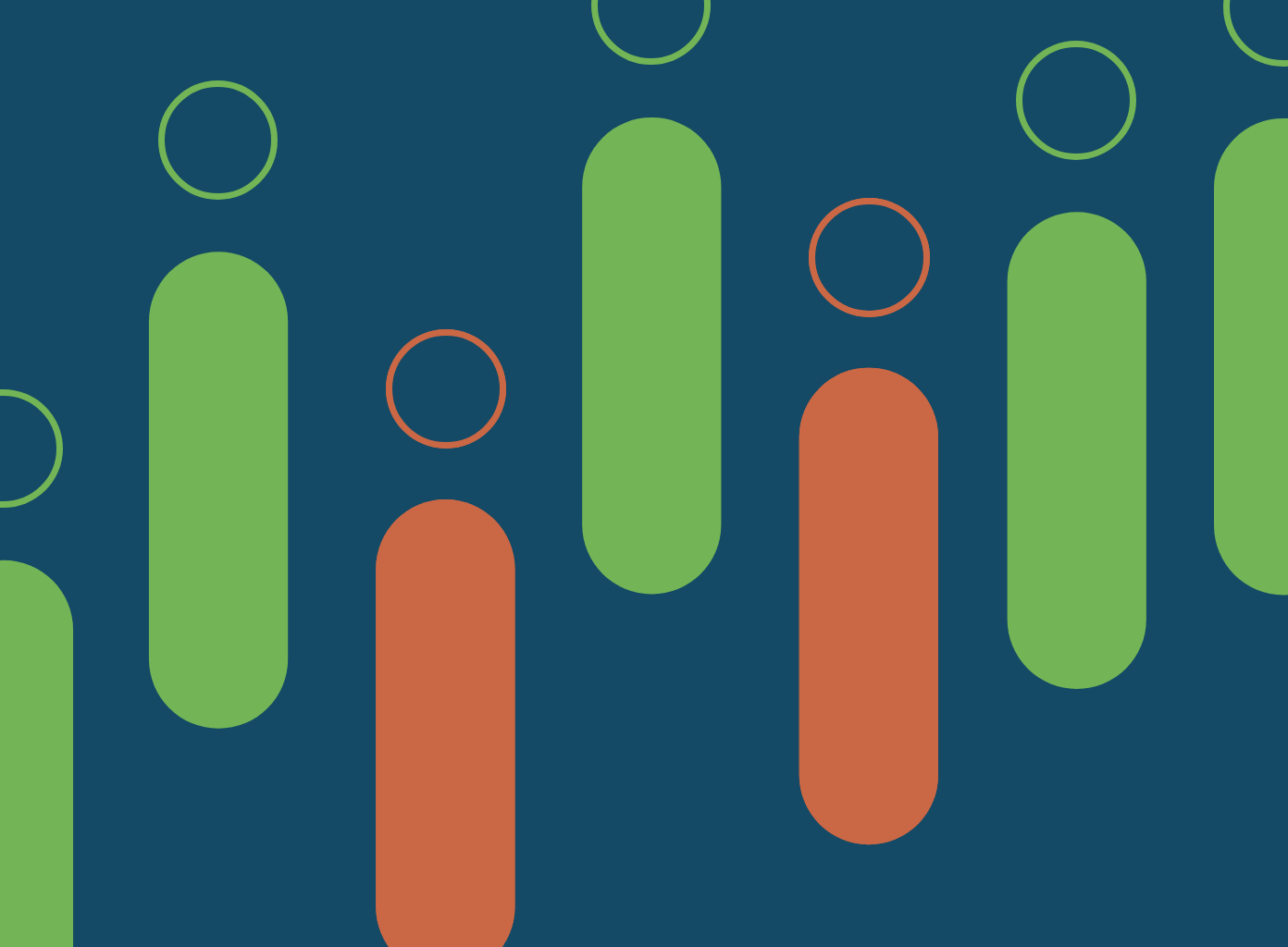July 23, 2020 - Philadelphia, PA - HealthVerity announced the biweekly update to its HealthVerity Patient Confidence Index, or HVPCI, and reported a national score of 89, a 7-point increase from the previous period. This is the highest score since the index began in March 2020. Indexed against a pre-pandemic score of 100, this level is considered “Stable” in terms of patient engagement with the US healthcare system.
The HVPCI represents a measure of physician visits undertaken by non-COVID-19 patients across 20 key therapeutic areas, highlighting a significant decline in visits since the pandemic took hold in the US at the beginning of March. The HVPCI is crucial as an expression of the confidence in patients to seek care for acute and chronic illnesses balanced with the risk of exposure to the coronavirus in a public setting. As coronavirus cases peak and eventually subside, this indicator will ultimately serve as an overall measure of US patient engagement between patients and their physicians.
.png?width=491&name=COVID-19%2089%20(1).png)
This week’s national score of 89, or Stable, signals the highest level of patient confidence in seeking physician care since the coronavirus pandemic took hold in March. The 7.8% increase in visits from the prior period is in contrast to the 11.4% decline experienced during the same period in the prior year. It also represents the highest number of visits recorded since the HVPCI was introduced and a 78.9% increase from the low point in April. This week’s index demonstrates the positive impact of continued re-opening in key markets as well as patient confidence in precautions recommended to stem the spread of COVID-19 in public settings. More importantly, 90% of the physician specialties in the index, as measured by weekly medical claims, demonstrated growth as physician practices continued to reopen to patients and hospitals further expanded their non-COVID-19 services, including elective surgeries.
Once again, 18 of 20 specialties reported higher visits versus the prior HVPCI with both infectious disease and gastroenterology achieving a score of 100. Gastroenterology, up 11 points period over period and 39 points in the last six weeks, may portend a more disturbing trend in the need for unanticipated acute care in specialities most impacted by prolonged interruptions in care for chronic patients. Respiratory services (91, +10) has experienced a 42 point rebound, a potential sign of the severe impact on the lungs of COVID-19 patients. Other specialties experiencing a recent surge include oncology (97, +6), internal medicine (92, +9) and pediatrics (86, +9). Specialties that experienced downturns include dermatology (84, -1) and cardiology (83, -3), with infectious disease (97, +4) moving closer to normal volumes. Behavioral health (69, +6) remained the only specialty below 70 on the HVPCI.
“A positive improvement in the HVPCI in comparison to a decline in patient visits for the same period last year is a reaffirmation that our healthcare system is finding a path forward for all patients,” said Andrew Goldberg, chief operating officer at HealthVerity. “The faster than expected rebound in key specialties, however, may prove to be a cautionary tale for those who have been unable to seek necessary treatment for the past few months. We may be seeing the first spike in acute treatment for those whose chronic conditions are no longer under control.”
.png?width=600&name=Telehealth%20Growth%20by%20Age%20during%20COVID-19%20(3).png)
Telehealth remained an important part of the healthcare equation with a 6.0% increase over the prior period after declining 9.5% in the prior index. Telehealth accounted for only 10.7% of all physician visits in the data supporting the index, the fifth straight period of declining share. The ratio, however, is still up significantly from less than 1% prior to the pandemic. Overall, only nine specialties recorded telehealth increases with behavioral health, psychiatry, general practitioners, pediatrics and gastroenterology recording the most significant gains. Many health plans and hospital systems continue to encourage telehealth visits by waiving co-pays and creating on-demand scheduling.
Learn more about HealthVerity’s efforts to educate and inform on COVID-19 below.






